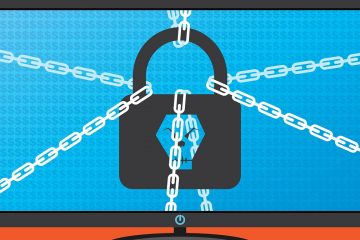In today’s cyber-threat landscape, organizations face a continuous risk of attacks from hackers and cybercriminals. The traditional approach to cybersecurity is no longer adequate. Companies are now shifting their focus to implementing stronger protection. Managed Detection and Response (MDR) is an affordable solution for organizations that do not have the internal resources to support a dedicated security team. MDR is an advanced cybersecurity service that involves real-time monitoring, detection, and response to potential threats.
Here are some best practices for implementing MDR in your organization:
Select a qualified Cyber Security Partner
It’s crucial to ensure that your security partner is proficient in cybersecurity. Just as you wouldn’t entrust a plumber to rewire your home’s electrical system, you shouldn’t rely on an IT service provider without verified security qualifications to protect your sensitive data and systems. The cybersecurity landscape is ever-evolving, and it requires specialized expertise to stay ahead of potential threats. Unfortunately, many IT service providers are marketing security as a service without possessing the necessary qualifications, much like a general contractor claiming to be an architect. To safeguard your business from potential breaches and financial loss, thoroughly vet any potential security partner to confirm they possess the requisite skills and certifications to secure your digital assets effectively.
Establish Clear Communication Channels
Effective communication is critical to the success of any cybersecurity strategy. Establish clear communication channels between your organization and your MDR provider to ensure that everyone is on the same page. This communication should include incident reporting procedures, escalation paths, and regular updates on security incidents.
Conduct Regular Security Awareness Training
Investing in regular security awareness training for employees is crucial to the success of any cybersecurity strategy. Your employees are the first line of defense against cyber threats, and they need to be educated on the latest threats and how to prevent them. Regular security awareness training can help prevent security incidents caused by human error.
Develop a Response Plan
In the event of a security incident, it’s important to have a well-defined response plan in place. The response plan should outline the steps to be taken in the event of a security incident, including incident identification, containment, investigation, and resolution. Test your response plan regularly to ensure that it’s effective.
Continuous Monitoring and Improvement
Cybersecurity threats are continuously evolving, and your MDR solution needs to evolve with them. Continuous monitoring and improving your cybersecurity strategy is critical to avoiding potential threats. Review your MDR solution’s effectiveness on a regular basis, adjust where necessary, and stay informed of the latest threats and trends in the cybersecurity landscape.
Implementing MDR is not a one-time solution; it requires continuous monitoring, improvement, and testing to ensure maximum effectiveness. Combined with a comprehensive cyber security strategy, organizations can ensure they are protected against today’s cyber threats.


